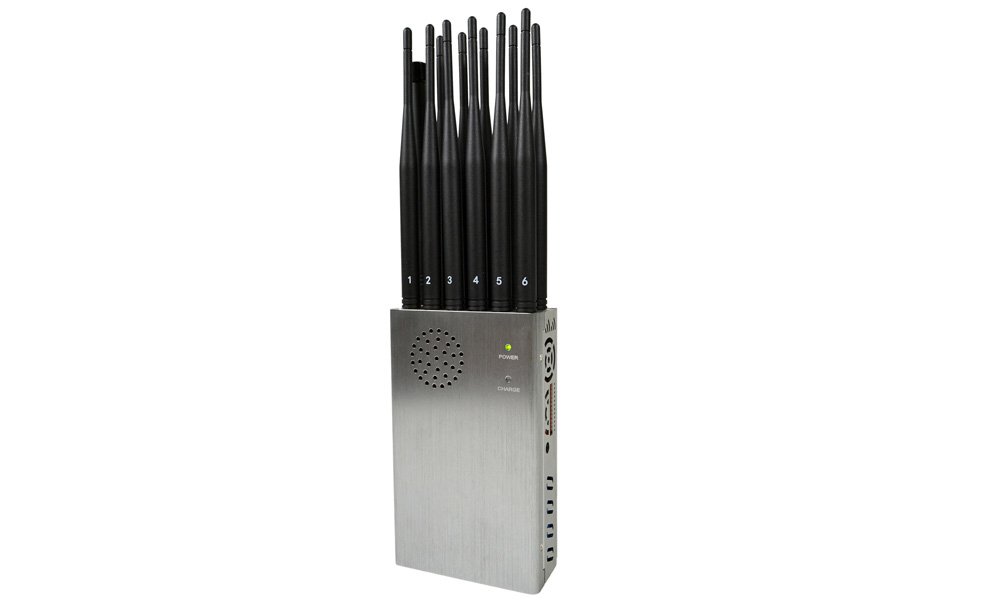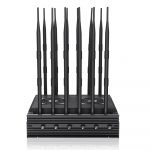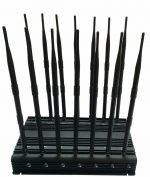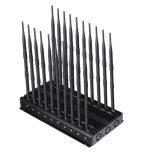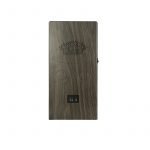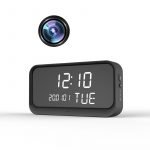Things to Keep in Mind Before Building Or Purchasing a Frequency Jammer

If you are interested in learning more about frequency jammers, you’ve come to the right place. While commercial frequency jammers are widely available, making your own may be a legal option if you don’t plan to use them for commercial purposes. But be careful – these devices violate FCC regulations and cannot be sold or used in the United States. The following are several things to keep in mind before building or purchasing a frequency jammer.
While the majority of frequency jammers are designed to block radio frequencies, they cannot be used by the driver/pilot. Unlike some other types of jammers, you can use them in vehicles if they are not in use for commercial purposes. However, they cannot be used by Command Trucks, Armoured SUVs, or Attack Helicopters. They are also not permitted on front seats or in the gunner’s seat of transport helicopters.
Jammers can be made portable or fixed. Portable jammers, for instance, can be carried in a pocket or plugged into an electrical outlet. Fixed jammers, on the other hand, can be installed on a wall. They can also be plugged into a power outlet. Some portable jammers are also available that are permanently fixed. You can choose which jammer you want, depending on its range and direction. Then, you can decide how to use it in your own home.
While most cell phone signal jammers work by disrupting the signal from cell phones, the type of jamming you choose must be able to block both cellular systems. This is because different cellular systems process radio signals differently. While in the United States, GSM is used in the 900 MHz band and 1800 MHz band in Europe. The two frequencies have different wavelengths, so your jamming device needs to be able to match the signal from both.
Aside from being used for malicious purposes, frequency jammers can also be used for benign reasons. The military and police use these devices to block cellular signals during hostage situations, military action, and peaceful protests. Portable personal jammers are also used to prevent cell phone users from using a cell phone within 60 to 80 feet of the jammer. Similar devices are used by law enforcement and military forces to isolate suspects in hostage situations.
If you’re a restaurant owner, you should make sure you get the appropriate signal jammers for your needs. Some signal jammers are used to disrupt cellular signals, but make sure to check local laws before using one in your restaurant. While most are legal, you may have to pay a hefty fine. So, check local laws before buying a frequency jammer for commercial purposes. There’s a wide range of potential uses for these devices, and they’re affordable and easy to obtain.
A radio frequency jammer interferes with the signals transmitted by cellular phone networks. It interferes with radio and satellite signals. It may even put lives in danger if it is used in a threatening situation. The technology behind frequency jammers is relatively new and is being used in many situations, from terrorist threats to spies’ operations. There’s an ongoing debate about whether or not these devices should be used in public areas. But the bottom line is that they have some legitimate uses.


